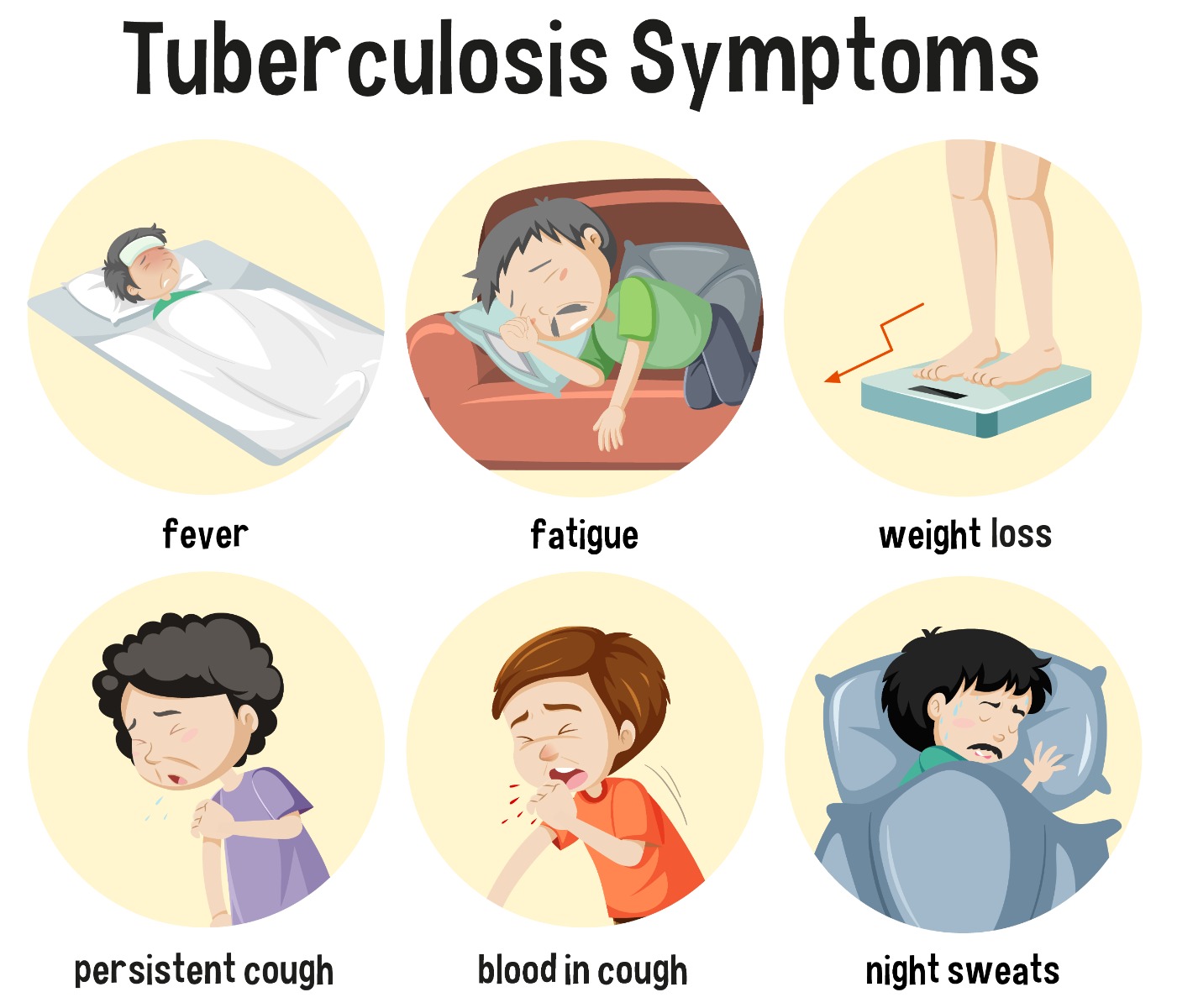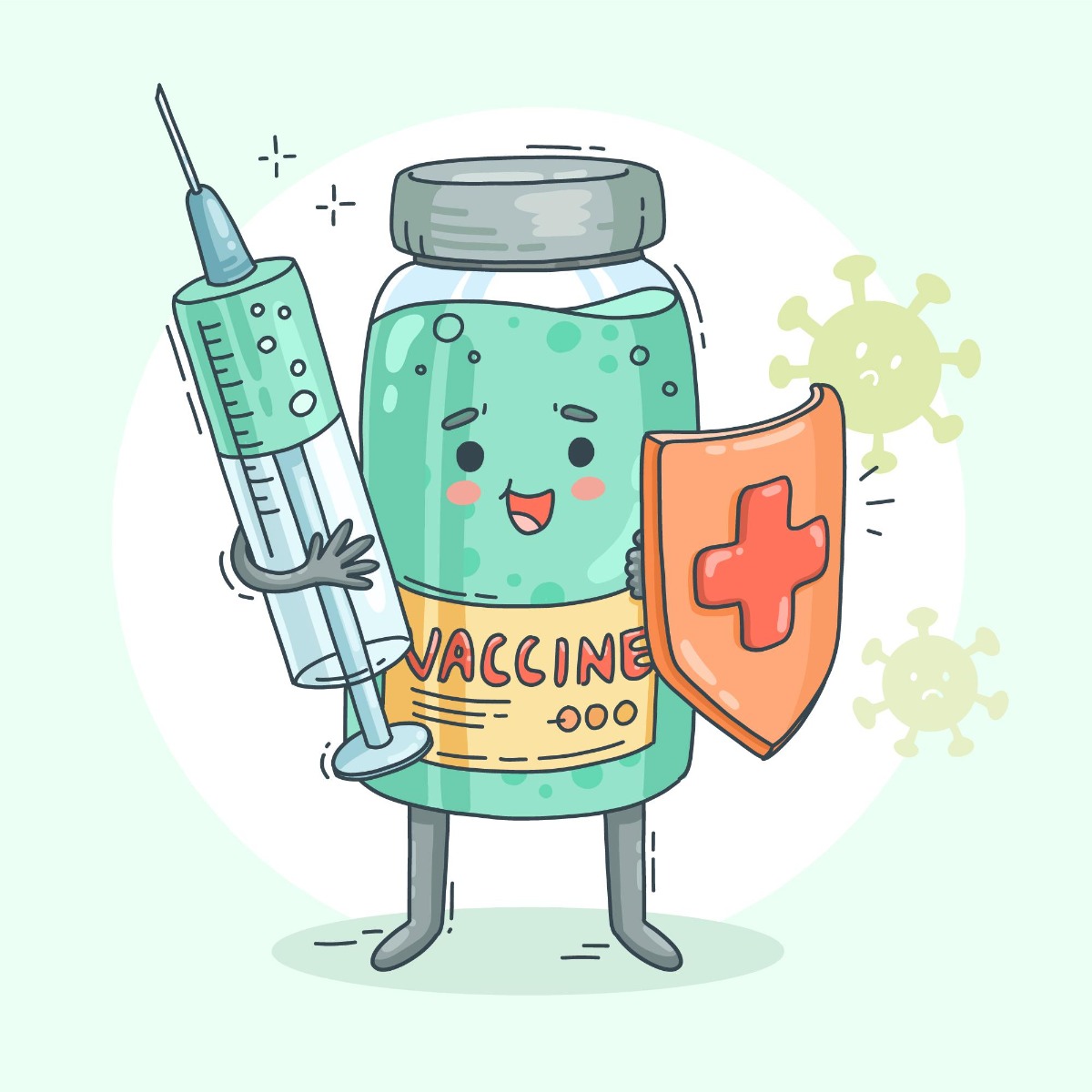World Tuberculosis Day: Yes! TB Is Curable
Mar 24, 2023
2514 Views
Introduction:
Tuberculosis (TB), which is caused by bacteria of the Mycobacterium tuberculosis complex, is one of the oldest diseases known to affect humans with evidence of the disease found in ancient Egyptian mummies. TB is a major cause of death worldwide and is a major killer of the human population after HIV/AIDS, according to the World Health Organization (WHO). TB is highly prevalent among the low socioeconomic section of the population and marginalized sections of the community. WHO estimates shows that globally there were 10.4 million cases of TB, in 2017, of which two thirds were in eight countries: India (27%), China (9%), Indonesia (8%), the Philippines (6%), Pakistan (5%), Nigeria (4%), Bangladesh (4%) and South Africa (3%). In India, National strategic plan (2017-2025) has a national goal of elimination of TB by 2025. It aims to increase awareness and understanding of TB.
Source, spread & symptoms:
TB is caused by the bacillus Mycobacterium tuberculosis (Mtb), which is spread via airborne droplets. When an infected person coughs or sneezes, they release droplets that contain the bacteria. If another person inhales these droplets, they can become infected with TB. Approximately 1 in 4 people worldwide demonstrate an immunological response to Mtb infection. Patients infected with TB who have no active signs or symptoms of disease were deemed to have latent TB infection. Whereas patients with active disease are termed to have active TB disease. Patients with latent TB infection have a 5–10% lifetime risk of developing active TB disease, this number however increases to 16% in HIV patients.
A person with latent TB will have no symptoms. They may still have a TB infection, but the bacteria in their body is not yet causing harm. The general symptoms of active TB disease include feelings of sickness or weakness, weight loss, fever, and night sweats. The symptoms of TB disease of the lungs (pulmonary TB) also include coughing, chest pain, and the coughing up of blood. Symptoms of TB disease in other parts of the body depend on the area affected. For example, tuberculosis of the spine might cause back pain, and tuberculosis in your kidneys might cause blood in your urine.

Diagnosis, treatment & prevention:
There are several tests that can be used to diagnose tuberculosis, including:
- Mantoux skin test: A small amount of purified protein derivative (PPD) is injected under the skin. If there is a reaction, it indicates exposure to TB bacteria.
- Blood test: A blood sample is taken to look for antibodies to the TB bacteria.
- Chest X-ray: An X-ray can show abnormalities in the lungs that may indicate TB.
- Sputum test: A sample of mucus coughed up from the lungs is examined for TB bacteria.
TB is treated with antibiotics, usually for a period of six to nine months. The most commonly used drugs are isoniazid, rifampicin, ethambutol, and pyrazinamide. It‘s important to take all the prescribed medication as directed, even if you start feeling better before the treatment is finished. If TB is not treated correctly, it can become drug-resistant, making it more difficult to treat.
Preventing the spread of TB involves a combination of measures, including:
- Vaccination: The BCG vaccine can help prevent severe forms of TB in children, but it‘s not effective in preventing all forms of the disease.
- Good hygiene practices: Cover your mouth and nose when coughing or sneezing, and wash your hands regularly.
- Avoiding close contact with infected individuals: If you have TB or have been in close contact with someone who has TB, seek medical attention.

Tuberculosis & infertility:
Pulmonary TB is the primary manifestation, but genital TB is also found in a considerable number of individuals and has a profound effect on reproduction both in male and female patients. Genital TB remains a diagnostic dilemma, primarily because of its insidious nature and virtually symptomless presentation, especially in early stages. Infertility, at times, is the only presenting symptom of this disease, both in men and women, and it is usually incidentally uncovered during investigation for infertility.
Genital TB, in its active state can harm the reproductive tract and lead to infertility. The extent of the damage caused by the disease depends on the strength of the infecting bacteria and the person‘s immune system. In women, genital TB can cause damage to the fallopian tubes, which can result in infertility. The infection can lead to the formation of adhesions or scar tissue in the tubes, which can obstruct the passage of the egg from the ovary to the uterus. This can result in infertility, ectopic pregnancy, or chronic pelvic pain. In addition, genital TB can also cause hormonal imbalances that affect ovulation, which can also lead to infertility. In males, genital TB can cause inflammation and damage to the testicles, epididymis, and prostate gland, which can lead to infertility. The infection can result in the formation of granulomas or nodules in the reproductive organs, which can obstruct the flow of sperm. This can result in low sperm count, poor sperm motility, or abnormal sperm shape. Furthermore, genital TB can also affect the production of testosterone, which can also affect fertility in men.
Early detection of the disease can prevent irreversible damage. However, detecting genital TB in its early stages can be tough because there aren‘t many bacteria present. To help people with the disease regain their ability to have children, doctors focus on recognizing the physical and immune system changes that occur early on. Medical management with standard anti-TB drugs may not be enough to restore normalcy and may have to be supplemented by surgical correction or assisted reproductive therapy (ART) in order to treat the infertility.
In conclusion:
TB remains a significant public health concern globally, with over 10 million people affected each year. Despite the progress made in diagnosis and treatment, stigma continues to be a major challenge faced by TB patients, often leading to delays in seeking care and social exclusion. Moreover, patients still face various difficulties such as drug-resistant strains, lack of access to quality healthcare, and inadequate funding for research and development of new treatments.
Moving forward, it is essential to prioritize investments in research and development of new TB treatments, diagnostics, and vaccines. We must also focus on improving access to quality healthcare, particularly in low- and middle-income countries where TB is most prevalent. This includes increasing funding for TB programs, strengthening health systems, and ensuring that patients have access to affordable and effective treatments. Furthermore, we need to address the social and economic factors that contribute to the spread of TB, such as poverty, overcrowding, and malnutrition. By working together to tackle these challenges, we can achieve the goal of ending TB by 2035, as outlined in the World Health Organization‘s End TB Strategy. It is only by taking a comprehensive and collaborative approach that we can make a significant and sustained impact on the fight against TB.
As Nelson Mandela once said, "Health cannot be a question of income; it is a fundamental human right." Let us come together to ensure that every person, regardless of their income or social status, has access to the care they need to prevent, diagnose, and treat TB. Together, we can create a world where TB is no longer a threat to global health and well-being.

